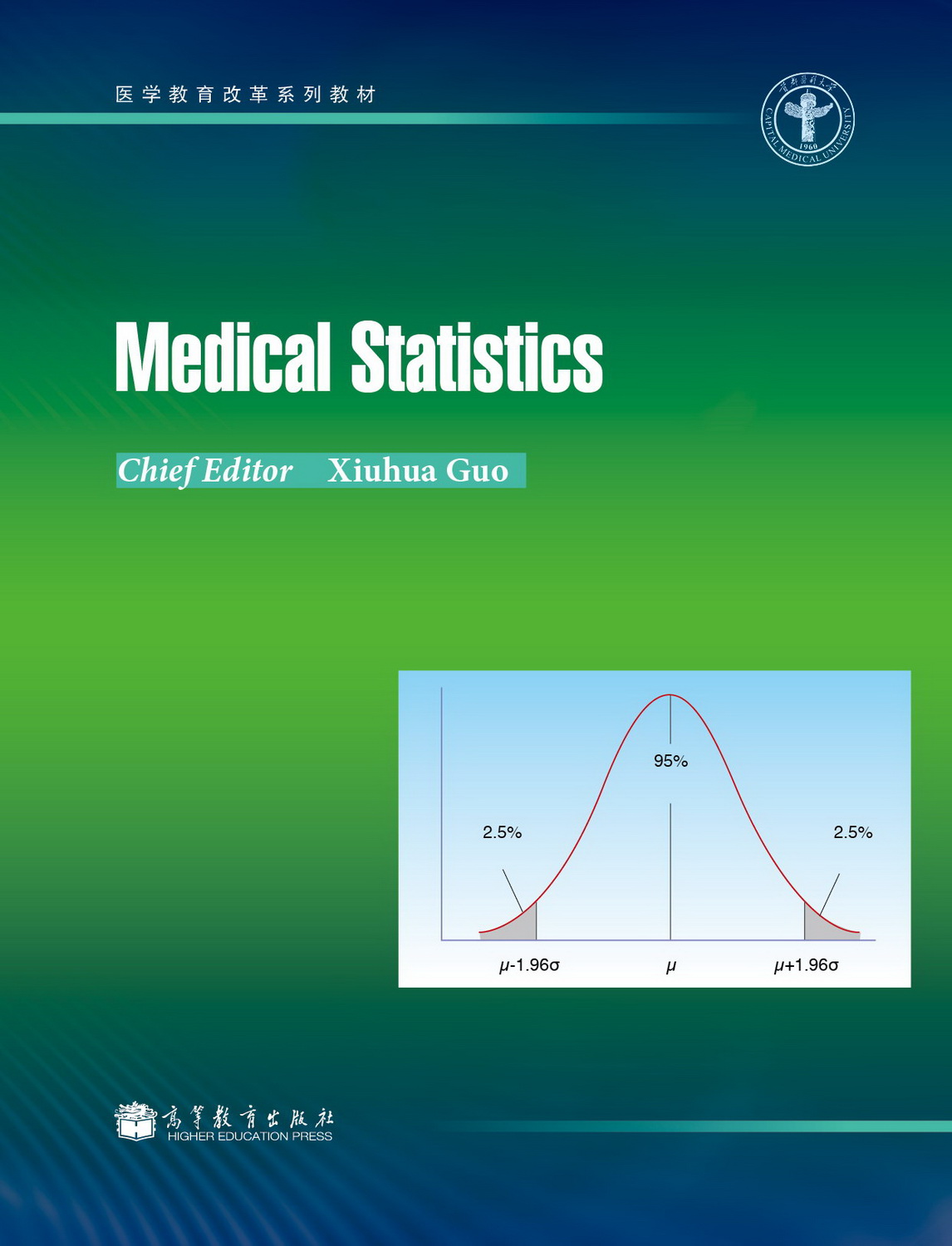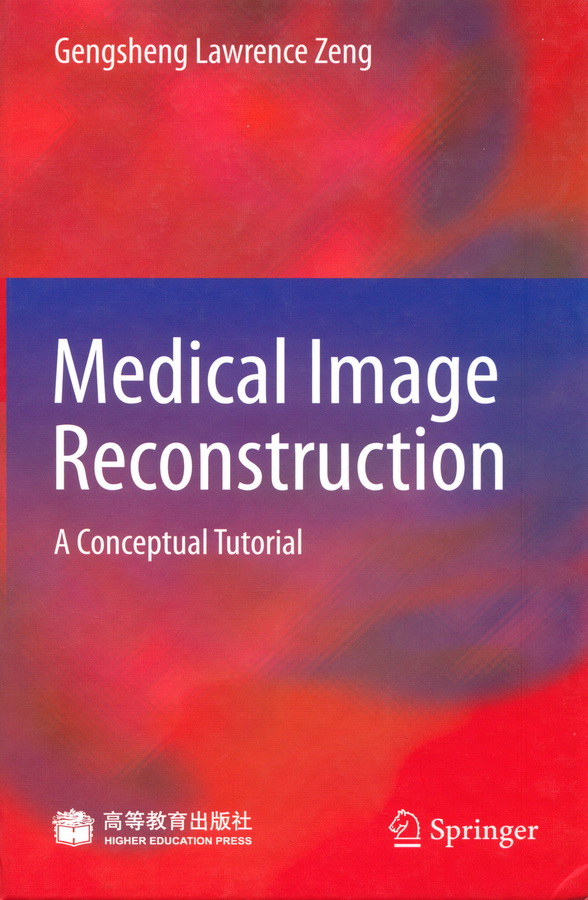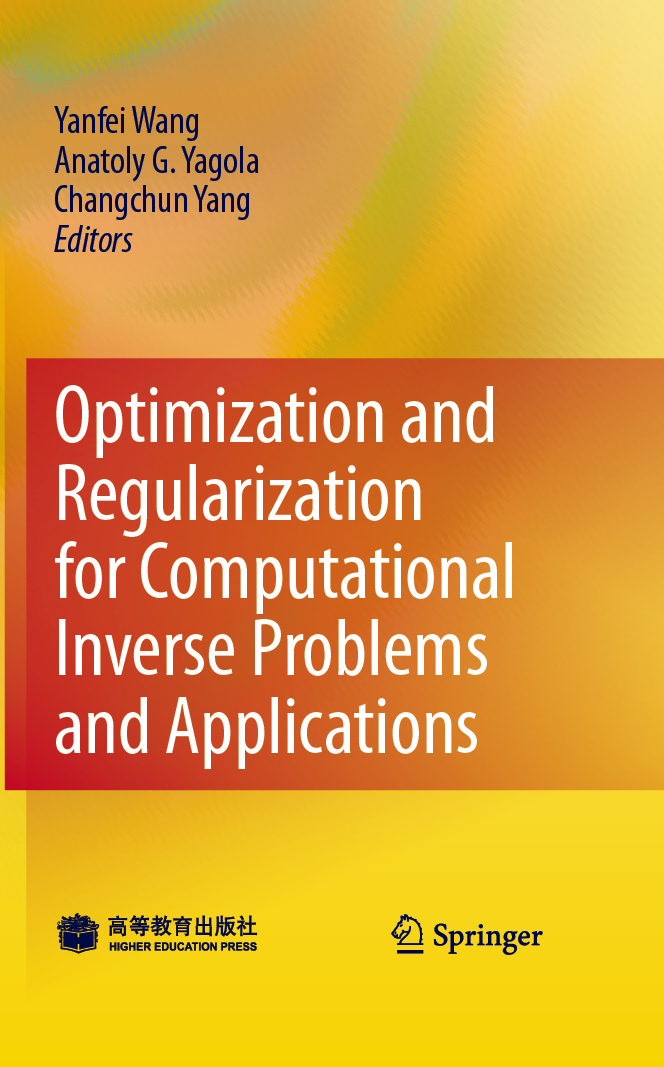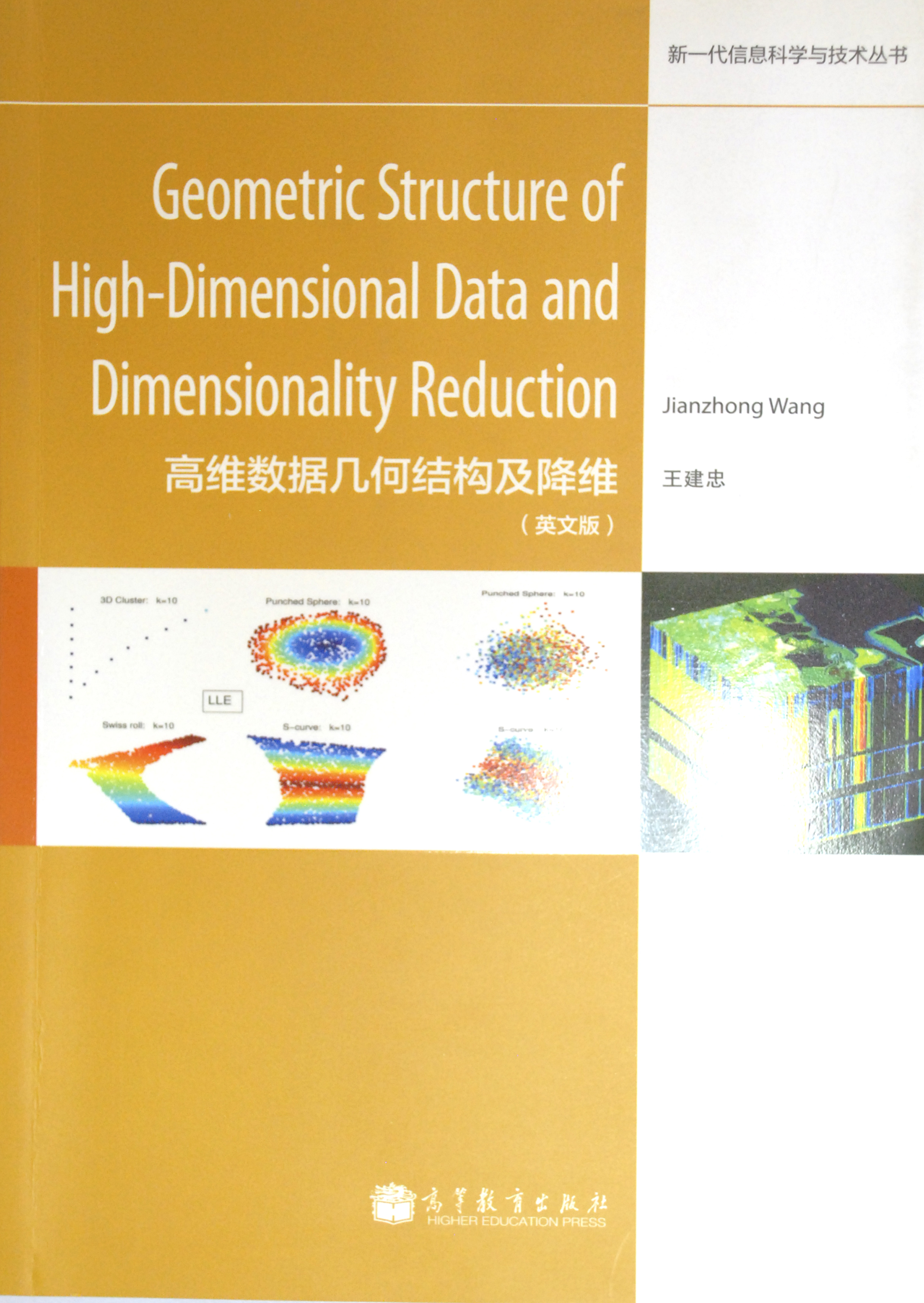社会-气候交互变化中的东亚干旱与半干旱区生态系统研究(英文版)
作者: Jiquan Chen等
出版时间:2013-08
出版社:高等教育出版社
- 高等教育出版社
- 9787040378191
- 1版
- 227420
- 48266676-5
- 精装
- 16开
- 2013-08
- 400
- 496
- 理学
- 地质学类
- Q147;P943.107.1
- 地学、生态
- 研究生及以上
Drylands in East Asia (DEA) is home to more than one billion people with an environment vulnerable to natural and anthropogenic changes. One of the critical needs in the region is to fully understand how dryland ecosystems respond to the changing climate and human activities in order to develop strategies to cope with continued climate change. This book provides the state-of-the-art knowledge and information on drylands ecosystem dynamics, changing climate, society, and land use in the region. In addition to the synthesis of the existing research and knowledge of DEA, the book provides a role model for regional ecological assessment. With a wide spectrum of contributions from experts around the globe, the book should be of interest to researchers and students both internationally and in East Asia. Lessons learned from this synthesis effort in DEA should be useful for developing climate adaptation strategies for other similar regions around the globe.
Front Matter
Part State and Changes in Dryland East Asia
1 State and Change of Dryland East Asia (DEA)
1.1 Geography, Demography and Economics in DEA
1.2 Climate and Land-Use Changes
1.3 Ecosystem Production and Evapotranspiration
1.4 Scientific and Societal Challenges for Adaptations in DEA
References
2 Dryland East Asia in Hemispheric Context
2.1 Study Regions
2.2 Change Analysis of Vegetated Land Surface
2.3 Retrospective Trend Analysis Reveals Areas of Significant Change
2.4 Vegetation Change in Three Epochs
2.5 Land Cover Variation and Change
2.6 Precipitation Variation and Change
2.7 Conclusion
References
3 NEESPI and MAIRS Programs in Dryland East Asia
3.1 Introduction
3.2 Contrast and Comparison
3.2.1 The Programs
3.2.2 Research Approaches
3.2.3 Organization Structure
3.2.4 Major Research Activities
3.3 Major Findings and Achievements
3.3.1 Understanding Climate Change
3.3.2 Understanding Societal Consequences
3.3.3 Understanding Ecosystem Impacts
3.3.4 Institutional Responses to Environmental Change
3.3.5 Understanding Challenges
3.4 Conclusions
References
4 Land Use and Land Cover Change in Dryland East Asia
4.1 Introduction
4.2 Global Land Use Changes through Centuries
4.3 Long-Term Changes in Cropland and Pastureland in DEA
4.4 Recent Changes in Asian Drylands
4.4.1 Rangeland Degradation and Desertification and Increased Cropland
4.4.2 Grassland Recovery
4.4.3 Reforestation/Afforestation
4.5 Sahel Land Use Change
References
5 Urban Expansion and Environment Change in Dryland East Asia
5.1 Introduction
5.2 Study Area, Data, and Methodology
5.2.1 Study Area
5.2.2 Data and Methodology
5.3 Findings
5.3.1 Urban Expansion
5.3.2 Environment Impact
5.4 Case of ¨Ur¨umqi
5.4.1 Spatio-Temporal Change in ¨Ur¨umqi
5.4.2 Environment Challenges of ¨Ur¨umqi
5.5 Discussion
5.5.1 Characteristics of Urbanization in Arid Regions
5.5.2 Socio-Economic Factors Driving Urbanization
5.6 Conclusions
References
6 Ecosystem Carbon Cycle under Changing Atmosphere, Climate and Land Use in Dryland East Asia
6.1 Introduction
6.2 Simulated Ecosystem Carbon Patterns in DEA
6.3 Responses of Ecosystem Carbon Cycling to Atmospheric Change
6.3.1 CO2 Enrichment
6.3.2 Nitrogen Deposition and Its Impact on DEA Ecosystems
6.4 Responses of Ecosystem Carbon Cycling to Climate Change
6.4.1 Responses to Precipitation Changes
6.4.2 Responses to Temperature Changes
6.5 Responses of Ecosystem Carbon Cycling to Land Use and Land Cover Changes
6.6 Interactions among Environmental Changes
6.6.1 Limitation of Nitrogen Availability on CO2 Impacts
6.6.2 Dependence of Nitrogen Effects on Water Status(Precipitation Regimes)
6.6.3 Interaction between Temperature (Warming) and Water Availability (Precipitation)
6.6.4 Relationship and Interactions between Land Use and Climate Changes on Ecosystem Carbon Cycling
6.7 Carbon Sequestration Potential and Human Adaption to Climate Change
References
7 Dynamics of Vegetation Productivity in Dryland East Asia from 1982 to 2010
7.1 Introduction
7.2 Data and Methods
7.2.1 AVHRR NDVI
7.2.2 MODIS NDVI
7.2.3 Land Cover Map
7.2.4 MERRA Reanalysis Data
7.2.5 Agricultural Statistics
7.2.6 Statistical Analysis
7.3 Results and Discussion
7.3.1 Trends of Spatially-Averaged NDVI
7.3.2 Spatial Patterns of NDVI Trends
7.3.3 Climatic Drivers
7.3.4 Other Drivers
7.4 Conclusions
References
Summary : Contexts of Change
Part Consequences
8 Impacts of Global Change on Water Resources in Dryland East Asia
8.1 Introduction
8.2 Key Water Resource Challenges
8.2.1 Distribution ofWater Balances across DEA and Historical Changes
8.2.2 Land Use/Land Cover Change
8.2.3 Agricultural Irrigation and Industrialization
8.2.4 Climate Change
8.3 Water Resources under Environmental Changes: Case Studies
8.3.1 Loess Plateau
8.3.2 Impacts of Future Climate Change on Runoff across DEA
8.4 Conclusions
References
9 Examining Changes in Land Cover and Land Use,Regional Climate and Dust in Dryland East Asia and Their Linkages within the Earth System
9.1 Introduction
9.2 Assessment of Decadal Dust Emission Based on Historical LCLU,Regional Climate and the Regional Coupled Dust Modeling System WRF-Chem-DuMo
9.3 Observation-based Dust Climatology and Its Relationship to LCLU and Regional Climate
9.4 A Satellite Perspective on the Last Decade
9.5 Impacts of Dust on Human-Environment-Climate Systems
References
10 Biophysical Regulations of Grassland Ecosystem Carbon and Water Fluxes in DEA
10.1 Brief Introduction of Abiotic and Biotic Factors in Relation to Carbon and Water Fluxes in DEA
10.2 Biophysical Regulations of Carbon Fluxes between Grazed and Ungrazed Grasslands
10.2.1 Responses of Daytime Net Ecosystem Exchange to Biotic/Abiotic Factors
10.2.2 Response of Nighttime NEE (Re) to T and SWC
10.3 Ecosystem Carbon Fluxes between Grassland and Cultivated Cropland
10.3.1 Responses of Daytime NEE to Biotic/Abiotic Factors
10.3.2 Response of Nighttime NEE (Re) to T and SWC
10.4 Biophysical Regulations of Water and Energy Fluxes
10.4.1 Energy Partitioning and Its Response to Abiotic/Biotic Factors
10.4.2 EcosystemWater and Energy Fluxes between Grazed and Ungrazed Grasslands and between Grassland and Cultivated Cropland
References
11 Afforestation and Forests at the Dryland Edges:Lessons Learned and Future Outlooks
11.1 Introduction
11.2 Vegetation Zonation and Climate
11.3 Climate Forcing Effect of Forests: Ambiguous Conditions at the Dryland Edges
11.3.1 Low Elevation Xeric Limits: Vulnerable Forest-Grassland Transition
11.3.2 Management of Forests—Plantations vs. Close to Nature Ecosystems
11.4 Effects of Forest Management on Forest Hydrological Balances in Dry Regions: A Comparison of China and the United States
11.4.1 China
11.4.2 United States
11.5 Past and Future of Forest Policy in Dryland Regions of China
11.5.1 Causes and Consequences of Expanding Desertification
11.5.2 Shelterbelt Development and Sand Control Programs in China
11.5.3 Debates and Critics about the Achievements of the Past Programs
11.5.4 Lessons Learned from Past
11.6 Conclusions
References
12 Human Impact and Land Degradation in Mongolia
12.1 Introduction
12.2 Land Degradation Overview
12.2.1 Mining Land Degradation
12.2.2 Land Degradation by Road
12.2.3 Pastureland Degradation and Desertification
12.2.4 Soil Erosion of Arable Land
12.2.5 Deforestation
12.2.6 Soil Pollution
12.3 Use of Fallout Radionuclide Methods for Soil Erosion Study
12.4 Conclusions
References
13 The Effect of Large-Scale Conservation Programs on the Vegetative Development of China’s Loess Plateau
13.1 Introduction
13.2 Conservation Programs
13.3 Study Region
13.3.1 Loess Plateau
13.3.2 Subset for Fine Scale Analysis
13.4 Data
13.4.1 MODIS Data
13.4.2 Landsat Data
13.4.3 Grazing Statistics
13.4.4 Anthromes
13.5 Methods
13.6 Results and Discussion
13.6.1 Vegetation Index and Albedo Changes
13.6.2 500 m NDVI Changes
13.6.3 Grazing Intensity Change
13.7 Conclusions
References
Summary : Consequences
Part Solutions/Adaptations
14 Monitoring and Assessment of Dryland Ecosystems with Remote Sensing
14.1 Problems of Land Degradation and Desertification in Drylands: Current Challenges and Perspectives
14.2 Indicators of Land Degradation/Desertification and Their Detection by Remote Sensing
14.2.1 History of Degradation/Desertification Indicator Development in Recent Decades
14.2.2 Retrieving Biophysical Spectral Information with Remote Sensing for DLDD
14.2.3 Bio-physiological Indexes for Assessment and Monitoring
14.3 Review of Available Sensors and Data over DEA and Their Suitability for Detecting Desertification Indicators
14.3.1 Short Outlook on Future Satellite Sensors over DEA
14.4 Remote Sensing Approach for Desertification Assessment in Central Asia: History, Current Research, andPerspectives—A Case Study
14.5 Conclusions
References
15 The Effects of Spatial Resolution on Vegetation Area Estimates in the Lower Tarim River Basin, Northwestern China
15.1 Introduction
15.2 Study Area
15.3 Methodology
15.4 Results and Discussion
15.5 Conclusions
References
16 New Ecology Education: Preparing Students for the Complex Human- Environmental Problems of Dryland East Asia
16.1 Introduction
16.2 Description of New Ecology Education
16.2.1 Topic 1: What’s Going On? (Conceptual Models)
16.2.2 Topic 2: Life Is So Confusing! (Nonlinearity)
16.2.3 Topic 3: Everything Is Connected to Everything Else(Systems Thinking)
16.2.4 Topic 4: Climbing Up-and-Down the Complexity Ladder(Hierarchy Theory)
16.2.5 Topic 5: What Does It Take to Change This System?(Resilience)
16.2.6 Topic 6: Coping with Land Degradation in Drylands(Ecosystem Services)
16.2.7 Topic 7: Unraveling the Complexity of Coupled H-E Systems and Desertification (The Drylands Development Paradigm)
16.2.8 Topic 8: Where Art, Science, and Craft Meet(Ostrom’s Framework)
16.3 Conclusions
References
17 Grassland Degradation and Restoration in Inner Mongolia Autonomous Region of China from the 1950s to 2000s: Population, Policies and Profits
17.1 Introduction
17.2 Population and Urbanization in IM
17.2.1 Population Evolution
17.2.2 Population and Over-Grazing
17.2.3 Urbanization and Restoration
17.3 Policy, Laws and Regulation for Grassland
17.4 From Production to Profits
17.4.1 Animal Husbandry
17.4.2 Tourism Development
17.4.3 Environmental Service
17.5 Conclusions
References
18 Sustainable Governance of the Mongolian Grasslands:Comparing Ecological and Social-Institutional Changes in the Context of Climate Change in Mongolia and Inner Mongolia Autonomous Region, China
18.1 Introduction
18.2 Explanatory Models of Grassland Dynamics
18.3 Analyses and Results
18.3.1 Collectivization of Pastures and Livestock
18.3.2 Privatization and Market Incentives
18.3.3 Recentralization of Grassland Management in IM, China
18.3.4 Changing Roles of the State, Market and Community for Grassland Management
18.3.5 Climate Variability and Change: History and Future
18.4 Discussion
18.5 Conclusions
References
19 Adaptive Management of Grazing Lands
19.1 Introduction
19.2 Distribution of Grazing Lands and Problems
19.3 Case Study and Adaptive Management in IM
19.3.1 Study Site
19.3.2 The ACIAR-Model
19.3.3 Typical Farm
19.3.4 Economic Stocking Rate
19.3.5 Improved Feeding of Livestock during Winter and Spring
19.3.6 Changing Lambing Time
19.3.7 Use of Warm Sheds during Cold Seasons
19.4 Conclusions and Discussion
References
Summary : Solutions and Adaptations
Index
版权










